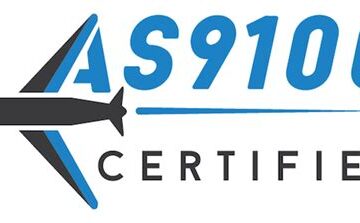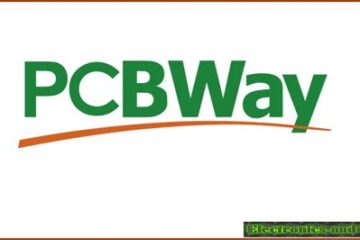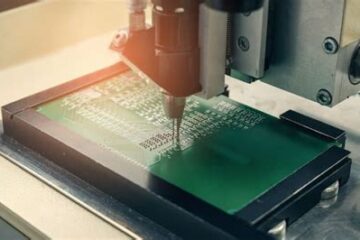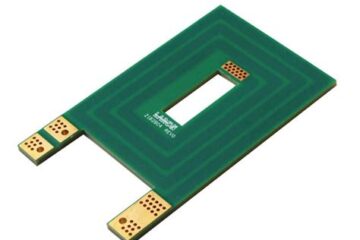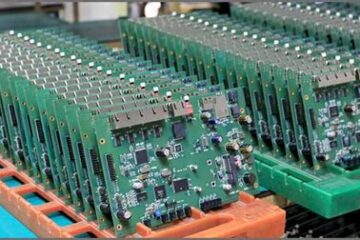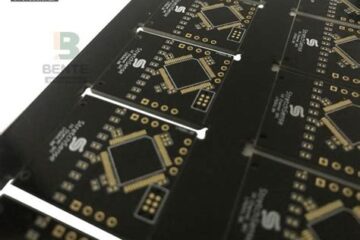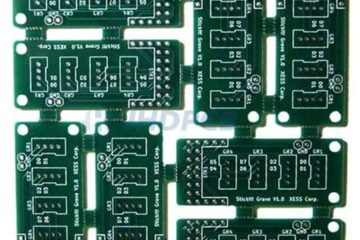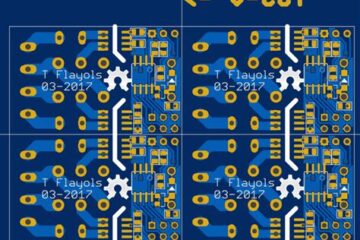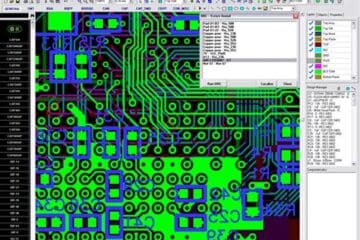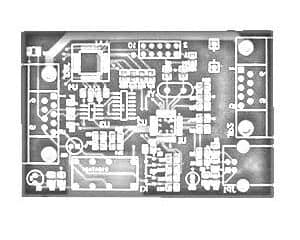PCBA
AS9100 Certified PCB Manufacturers
Introduction to AS9100 PCB AS9100 is a widely recognized quality management system standard specifically designed for the aerospace industry. It is based on the ISO 9001 standard but includes additional requirements that are crucial for the aerospace sector. When it comes to printed circuit boards (PCBs) used in aerospace applications, AS9100 certification ensures that the PCB manufacturer adheres to the highest standards of quality, reliability, and safety. Request PCB Manufacturing & Assembly Quote Now Importance Read more…
